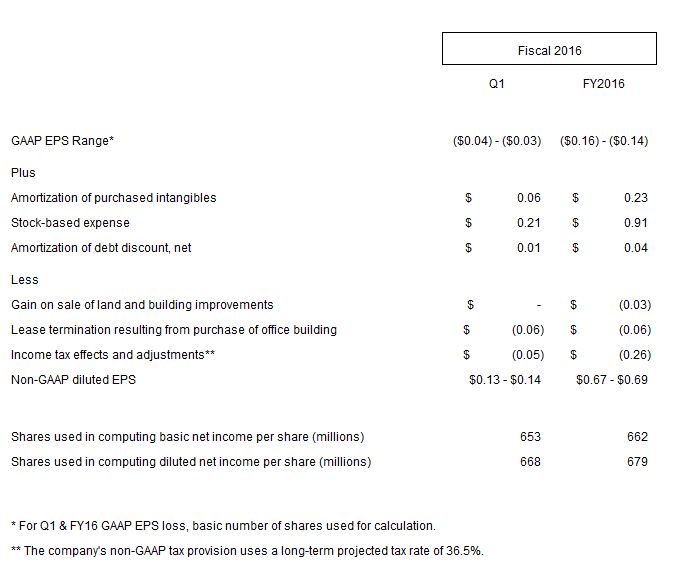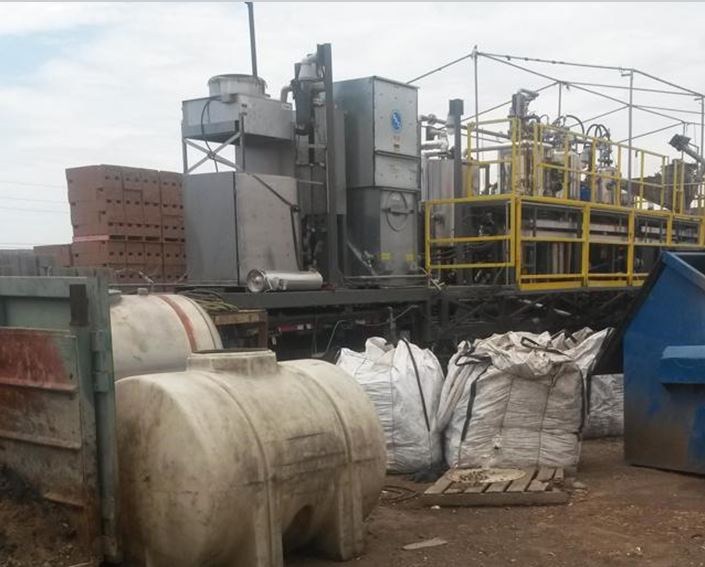Dividend Discount Values & Market Prices
How to make a small fortune?
Wait for economic conditions to be perfect and invest a large fortune!
Since March 2009 the U.S. economy has struggled to be anemic as economists, pundits and the media have worried themselves silly about every groan, blip and burp emanating from the entrails of every government economic pronouncement. Meanwhile the DJII has risen 150% paying absolutely no heed whatsoever to the economic woes of the world.
The End of Quantitative Easing
The Fed is in the process of ending quantitative easing leaving the monetary base at $4 trillion at the end July. Of this $2.63 trillion are excess reserves held at the Fed by commercial banks and other institutions. The difference, $1.37 trillion, is the amount of the monetary base that is actually working in the economy at large.
For the full impact of Fed’s quantitative easing to felt, the excess reserves have to be put to work. Douglas Flint, the chairman of HSBC Holdings, says excessive regulation is making bankers too risk-averse for their own, and their clients', good. As the commercial banks are either unwilling or unable to lend at a rate close to matching the creation of new money by the Fed, it is hard to see that the end of QE in October will have any impact whatsoever on long term interest rates.
In effect the Fed has filled up the header tank with money to an unprecedented level. However, it is taking much longer for the money to flow through into the economic bathtub because either the commercial banks have not opened the spigot, or the plumbing is unable to handle the deluge stored above.
The chart below shows the monthly average London p.m. gold fix and the Actual Working Monetary Base AWMB. Following Lehman the consensus was for the gold price to rise in line with the total monetary base.
However, the build-up of excess reserves at the Fed slowed down the economic recovery, inflation, rising interest rates and the emergence of a much lower AWMD to which the gold price gravitated after 2011.
Point to point, since 2008 the price of gold has moved 57% while the AWMD has risen 63%. Had the total monetary base flowed through to the economy, then the chances are high that the gold price would be at $4,000 per oz.
Data Sources: US Federal Reserve, Dow Jones and the London Bullion Market
Basic report plus quarterly updates are available for $100 per annum.
Please contact me by phone or by email.
Tony Hayes CFA
Ashton Consultancy ...
more





